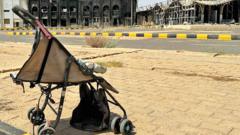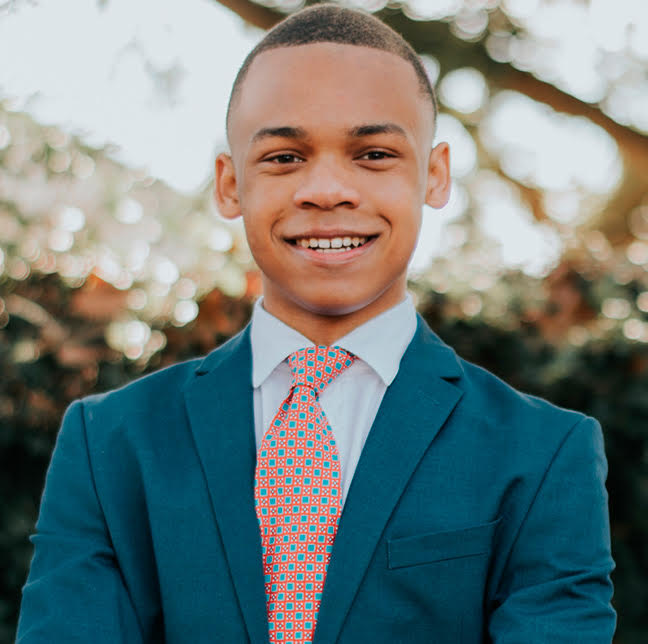The echoes of war linger in the streets of Khartoum, where the aftermath of a six-month offensive by the Sudanese army against the Rapid Support Forces (RSF) has transformed the once-bustling capital into a ghost town. Days after the army's triumph, the devastation is palpable—the capital has been reduced to wreckage, with buildings blackened and charred, stark reminders of the battles fought for control. This latest phase of Sudan's two-year civil war has reportedly resulted in over 150,000 fatalities, and while many take to the streets in celebration of Eid, they do so with a mix of relief and trepidation about what the future holds.
Vital locations such as the presidential palace, once a symbol of power for the RSF, now lie in tatters. The floors are littered with debris, and areas previously occupied by paramilitary forces display the scars of conflict, the destruction a testament to the fierce fighting that took place. A soldier expressed his excitement at being inside the palace for the first time, seeing it as a symbol of dignity and liberation for the Sudanese people. Yet this victory comes with a heavy burden of loss and ruin, as entire sectors of the city stand devastated—government offices and banks, reduced to smoldering shells.
As residents begin to reclaim their lives, communities across Khartoum still grapple with the immediate consequences of war. The local atmosphere is one of conflicting emotions; jubilant celebrations of Eid emerge amid harrowing reminders of suffering. Streets once silent are now filled with laughter and song, even as reminders of the conflict linger—body parts scattered among ruined vehicles, and churches showing signs of stress from ongoing shelling.
Individuals like Osman al-Bashir express a transformation, feeling as if they have been reborn amid the chaos. Community kitchens brimming with life, while residents attempt to find a new normal amidst lingering food shortages. Yet, hopes for a revitalized city expand beyond immediate needs. Refugee claims surge, and the once-struggling economy faces uncertainty amid aspirations for reconstruction backed by foreign investors.
Questions arise about the future of civil rights and the safety of those who stood against oppression, such as activist Duaa Tariq, who weighs the cost of freedom against the realities of living under siege. Anxiety fills conversations, as the symbolism of newfound freedom is complicated by the specter of insecurity and doubt about the government’s intentions post-conflict.
As residents exchange their anguish for dreams of rebuilding, the collective trauma remains tangible, especially among children exposed to violence. Najwa Ibrahim speaks to the urgent need for psychological support as families are still navigating the impact of their experiences. Amidst these layers of trauma, the children’s innocence remains damaged, and the community strives to provide healing space for a brighter future.
As calls for hope intertwine with uncertainty, citizens of Khartoum find strength in their resilience as they face the daunting task of reconstruction. They collectively pray for peace and recovery, not only for themselves but also for those displaced or still suffering within the war-torn landscapes of Sudan. The atmosphere is charged with cautious optimism, yet deeply rooted fears linger as residents navigate an uncertain path ahead, questioning what tomorrow will bring.


















